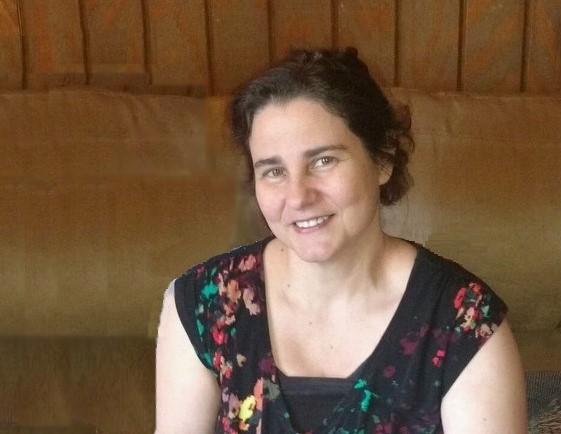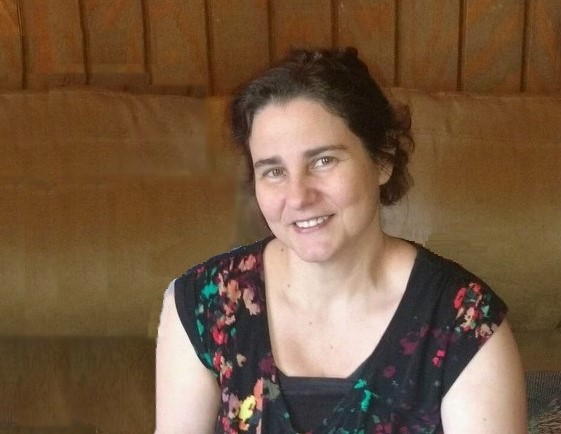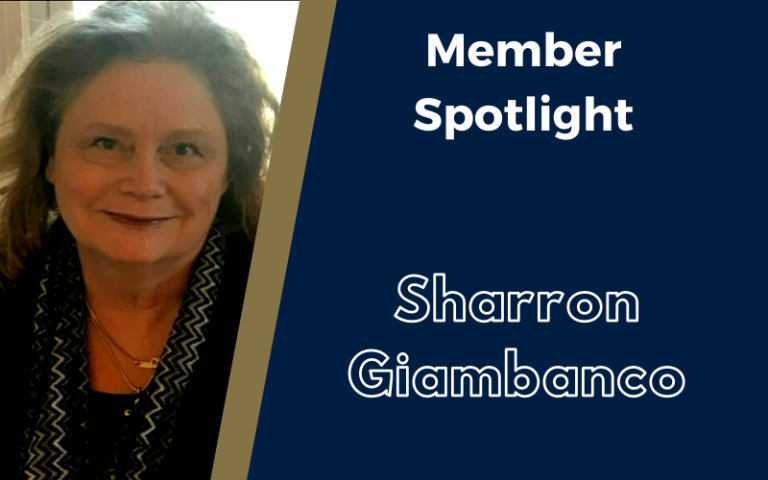The HIDDEN NEED – Perhaps the Most Important Part of Your Story
Guest Blog, Amy Deardon, Webinar Speaker 1/6/2021
Hi Everyone! I’m really looking forward to e-meeting you at Capital Christian Writers Fellowship where I’ll be talking January 6th on how to become happily self-published.
Today, though, since I was graciously invited to blog as an introduction and I don’t want to repeat myself in a few weeks I decided to talk about a topic near and dear to my heart – great fiction!

What makes great fiction? Obviously a lot of things, but perhaps the most important in my opinion is the creation of breathing three-dimensional characters that can jump off the page to make your story live in the minds of your readers long after they close your book.
There are many ways writers develop story characters and by all means use what works for you. I’d like to present to you today a practical method that automatically will elevate your characters and may be something you can add to your toolbox.
A story generally has a protagonist who wants something and overcomes many obstacles to finally achieve his goal or find peace if not by the end of the story. The secret ingredient of the story is that the protagonist has a HIDDEN NEED which is a dysfunctional way of looking at the world and holds him back from living life to the fullest. Once he solves this hidden need, usually in the third quarter of the story, he is able to look at the overall problem in a new light and solve it in a creative way.
You can quickly create or deepen a hidden need for your protagonist by answering these questions:
TRAUMATIC EVENT:
What is a traumatic event from your protagonist’s past before the story starts, preferably during childhood, that terribly hurts him or her? Ideas:
* something big like a car accident.
* something chronic like parents constantly gushing over a sibling and telling the protagonist he/she has to work harder.
* something seemingly inconsequential like a friend casually blaming the protagonist for something he or she didn’t do.
WOUND:
What sort of WOUND or “dysfunctional life lesson” can be developed from this event? This wound will stay with your protagonist into adulthood and your story, although of course your protagonist won’t link event and effects. Some ideas from examples above:
* car accident: horrible things happen out of the blue. Your protagonist becomes an uber-control freak.
* compare to sibling: he/she is inferior. Your protagonist becomes a people-pleaser in a futile quest to feel worthy.
* unfair accusation: no one can be trusted. Your protagonist puts everyone down to stay distanced and avoid being hurt.
STORY GOAL:
What kinds of things will the protagonist want to achieve based on their wound? Brainstorm some possible story goals.
* Uber-control freak: create the perfect invention/system/life. This protagonist will want to plan a brilliant strategy to permanently make their world predictable with the ultimate invention, business structure, or jewel heist.
* People pleaser: compete in a worthy arena (talent show, college or job application) to show everyone he/she is the best. Another idea is for protagonist to become a champion helper (nurse, life coach, teacher) while ignoring own needs.
* Distancing: goals similar to uber-control freak. Create structures and life that allow him to work from a distance and stay away from any emotional entanglements.
WHY DOES PROTAGONIST THINK HE/SHE WANTS TO DO THIS?
Remember that your protagonist is not aware of the lie he or she believes based on the wound. Why does your protagonist believe that achieving the story goal is a good idea?
* Uber-control freak: it’s a fun puzzle, and the world will be better with his or her brilliant ideas.
* People pleaser: protagonist can inspire others to achieve or be in a better position to help others.
* Distancing: Protagonist can do more good by being rational rather than sucked in by emotion.
STORY OBSTACLES:
What sorts of obstacles can stress your protagonist until he or she MUST find a better way of coping? These obstacles will help him or her solve their “hidden need” to function at a higher level and achieve the story goal.
* Uber-control freak: events and people that are unpredictable.
* People-pleaser: protagonist is constantly taken advantage of and put in bad positions.
* Distancing: situations that are unsolvable or fatal without teamwork, and other characters who want to trust him.
SOLVING THE HIDDEN NEED
Solving the hidden need allows your protagonist to see himself/herself and specifically the solution in a new light. This change may alter the story goal and/or may just show different benefits than the protagonist’s beginning thoughts.
* Uber-control freak: Don’t be afraid. Also, sometimes the best ideas come from spontaneity rather than planning.
* People-pleaser: he/she is worthy and doesn’t need others’ approval, only their own.
* Distancing: life is best lived with others to share it with.
This is a quick run-through of a complicated concept but I hope it helps! Layering your characters will give them depth and immediacy that will be irresistible for your readers!

Amy Deardon
Author, Speaker
Amy Deardon had a literary agent before she discovered self-publishing. Later she founded a company that helps authors self-publish, and has published more than fifty books for clients and a few of her own as well. She speaks regularly on story structure, writing habits, and ways to publish.
Write to her at amy@ebooklistingservices.com.
https://amydeardon.com/



